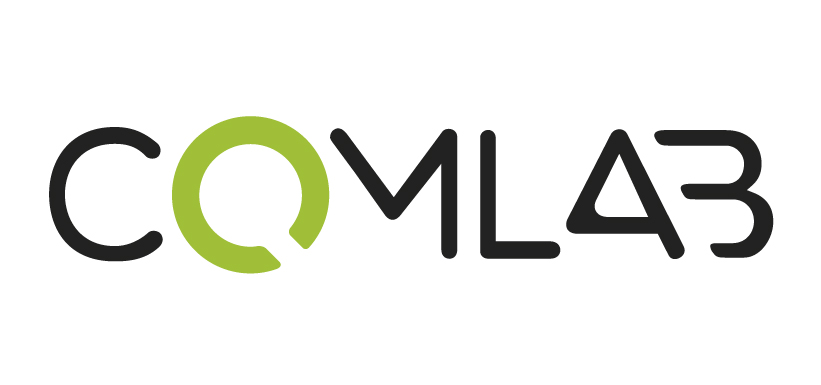Ever wondered why in a supermarket products sold under the best known brands are placed in eye-level shelves? Or why impulse goods are to be found near checkout counters? Again—why do e-commerce web sites always display ’your cart’ in an easily visible part of the page?
At first glance, all this might appear to be the result of a coincidence. Not so! What experts have termed customer journey (or ‘user journey’, when it comes to online communication) involves a painstaking analysis of human behaviour and psychology, plus careful planning, in order to define which parameters may exert an influence on the relationship between a company and their prospective customers.
User Journey—how we define it
Analysing the way customers behave is paramount in online communication, as online sales have become a primary source of income for many businesses.
Because of this, ‘being online’ is necessary but hardly sufficient: companies which operate online must be well aware of the peculiarities of this new environment, together with its dos and don’ts.
Our study of a user journey—in other words, what users do and what affects their choices—derives from the following assumption: detecting emotional reactions, weak points and any other aspect that lead users to behave in a given way, with a view to anticipate them.
It is after all by obliging and meeting their requirements that we can reach our goal. A visitor who is happy with his navigation experience is more likely to purchase; he is also more likely to return and thus increase customer loyalty.
The above clearly calls for a substantial amount of planning, known as mapping: this refers to mapping user behaviour patterns in order to understand them and anticipate them, a technique which underlies the design and development of any e-commerce website—or any web site at all, for that matter.
Basically, we should:
- Define a typical user profile, i.e. work out what sort of person might interact online with the brand and learn all the relevant characteristics—in detail
- Define the scenario for the context, including user expectations, requirements and intentions
- Find out any touch point between company and user
- Sketch a user journey, including every single interaction the client has with the specific brand or product, and identify which emotions each step has sparked
- Validate the entire process.
This means that the user shall essentially move along a pre-established route; unbeknownst to him, this will eventually influence his choices.
User Journey and User Experience
Being aware of people’s psychological attitude, figuring out what they need and defining a sort of strategic itinerary which may represent their behaviour makes it much easier to design a truly effective website, a website likely to live up to the expectations. Of course, to achieve this we have to focus on real people—real users .
Indeed, the concept of ‘user journey’ is closely connected with that of user experience, that is, what the visitor experienced while browsing the site: something which can determine its success or failure.
Some convenient rules that need to be followed in order to set up layout and contents in a web site:
- design a layout which will make it easy to navigate from any device;
- develop a hierarchically structured website, where the content ends up by guiding the visitor towards increasingly detailed information and directing his choices;
- provide a sensible network of internal links allowing the user to move between pages and sections;avoid offering the user a very large number of choices, because that would entail an excessively long time-to-learn;
- always allow users to understand which section they are reading, and how they can go back to a previous page;
- stick to a plain, down-to-earth language.
Our task is far from over, however. The way the site works has to be analysed and monitored at regular intervals, because any relevant issue should be detected early, before it may become critical, and also because it may lead to the implementation of possible improvements. A user journey is a continuous cycle process, requiring constant care and frequent fine tuning.
User Journey… the ComLab way
In this feature we endeavoured to show you what we mean by taking user experience into account—in a practical, matter-of-fact way.
So, in view of the above, what is our approach to our clients’ needs?
First and foremost, we strive to profile our clients as accurately as possible, then we identify those who are going to be the most frequent users of their website—and of course we also need to figure out why we expect them to visit the site at all, namely, we must be able to understand what they are actually likely to be looking for. Furthermore, we must not forget that web-based communication and interaction is often alien to the experience of our clients, so that they might improperly regard them more as a problem to solve than as an opportunity to exploit.
Then we provide a detailed explanation of what we found our, pointing out all the elements which may help them make a choice.
Finally, once all the information is there, we advise them on how they may he may take more direct and effective initiatives concerning their clients, in line with corporate goals.
Now, if you found our reasoning convincing, do get in touch with us and we will be glad to develop your website.



